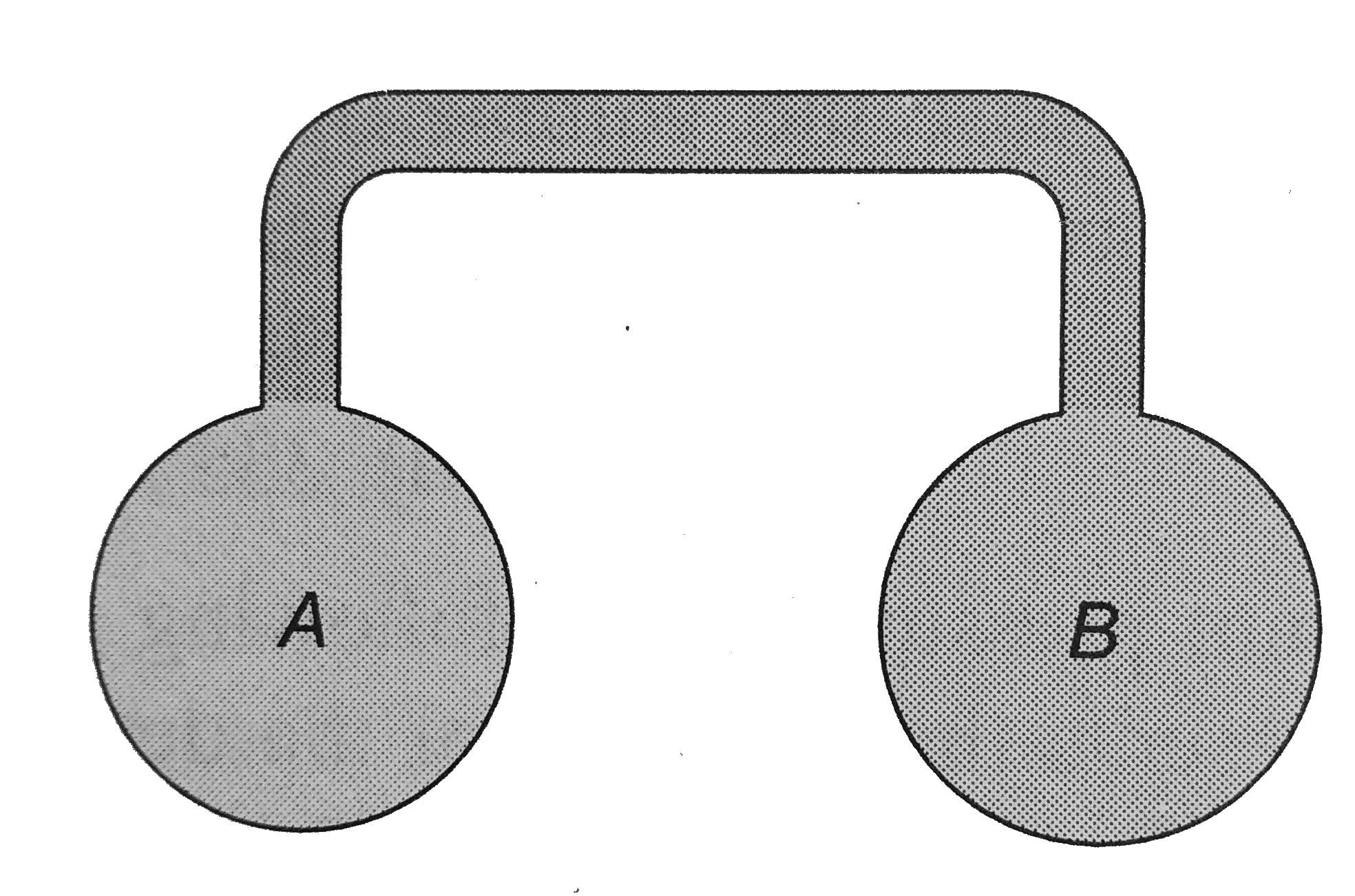After drying, a bath sponge contains
Hold fast
Tentacles
Spicules
Spongin fiber
The correct Answer is:D
To solve the question "After drying, a bath sponge contains," we can follow these steps:
1. Identify the Common Name and Scientific Classification:
- A bath sponge is commonly known as "spongilla."
- It belongs to the phylum Porifera and the class Demospongiae.
2. Understand the Composition of a Bath Sponge:
- Bath sponges are composed of a skeleton made up of various materials.
- When a sponge dries, it loses its water content and the soft, living tissues.
3. Determine What Remains After Drying:
- After drying, the sponge retains its skeletal structure.
- The skeleton of a sponge is primarily made up of spongin fibers.
4. Analyze the Options:
- A. Holdfast: This is a structure used by some organisms to anchor themselves, not relevant to sponges.
- B. Tentacle: This is associated with organisms like jellyfish, not sponges.
- C. Spicules: These are skeletal elements found in some sponges, but they are not the main component after drying.
- D. Spongy Fibers: This refers to spongin fibers, which are the organic material that remains after the sponge dries.
5. Conclusion:
- The correct answer is D. Spongy Fibers, as they are the primary component that remains after a bath sponge dries.
Final Answer:
D. Spongy Fibers
- A bath sponge is commonly known as "spongilla."
- It belongs to the phylum Porifera and the class Demospongiae.
- Bath sponges are composed of a skeleton made up of various materials.
- When a sponge dries, it loses its water content and the soft, living tissues.
- After drying, the sponge retains its skeletal structure.
- The skeleton of a sponge is primarily made up of spongin fibers.
- A. Holdfast: This is a structure used by some organisms to anchor themselves, not relevant to sponges.
- B. Tentacle: This is associated with organisms like jellyfish, not sponges.
- C. Spicules: These are skeletal elements found in some sponges, but they are not the main component after drying.
- D. Spongy Fibers: This refers to spongin fibers, which are the organic material that remains after the sponge dries.
- The correct answer is D. Spongy Fibers, as they are the primary component that remains after a bath sponge dries.
D. Spongy Fibers
Topper's Solved these Questions
- BOOK - CENGAGE BIOLOGY ENGLISHCHAPTER - ANIMAL KINGDOMEXERCISE - Exercise Assertion -Reasoning Questions6videos
ANIMAL KINGDOM
- BOOK - CENGAGE BIOLOGY ENGLISHCHAPTER - ANIMAL KINGDOMEXERCISE - Exercise Chordata152videos
ANIMAL KINGDOM
- BOOK - CENGAGE BIOLOGY ENGLISHCHAPTER - ANATOMY OF FLOWERING PLANTS EXERCISE - ARCHIVES38videos
ANATOMY OF FLOWERING PLANTS
- BOOK - CENGAGE BIOLOGY ENGLISHCHAPTER - BIOMOLECULESEXERCISE - ARCHIVES26videos
BIOMOLECULES
Similar Questions
Two spherical vessel of equal volume are connected by a n arrow tube. The apparatus contains an ideal gas at one atmosphere and 300K. Now if one vessel is immersed in a bath of constant temperature 600K and the other in a bath of constant temperature 300K. then the common pressure will be
 View Solution
View SolutionCommercial bath sponge is called
View SolutionThe skeleton of bath sponge, Euspongia, is made of
View Solution112cm3 of dry carbon monoxide contains P molecule. Calculate the number of molecules in 336dm3 of dry chlorine gas. Assume all measutements are made at same temperature and pressure.
View SolutionThe readings of a bath on Celsius and Fahrenheit thermometers are in the ratio 2 :5. The temperature of the bath is
View SolutionWater currents in a sponge body are maintained by
View SolutionFlow of water in a sponge is from ostia to canals to ............. to osculum,
View SolutionA well is dry in a bed of rock containing fluorspar (CaF2). If the well contains 20,000L of H2O, what is the amount of F− in it
KSP of CaF2=4×10−11View SolutionSponges are
View SolutionSponges are
View Solution

